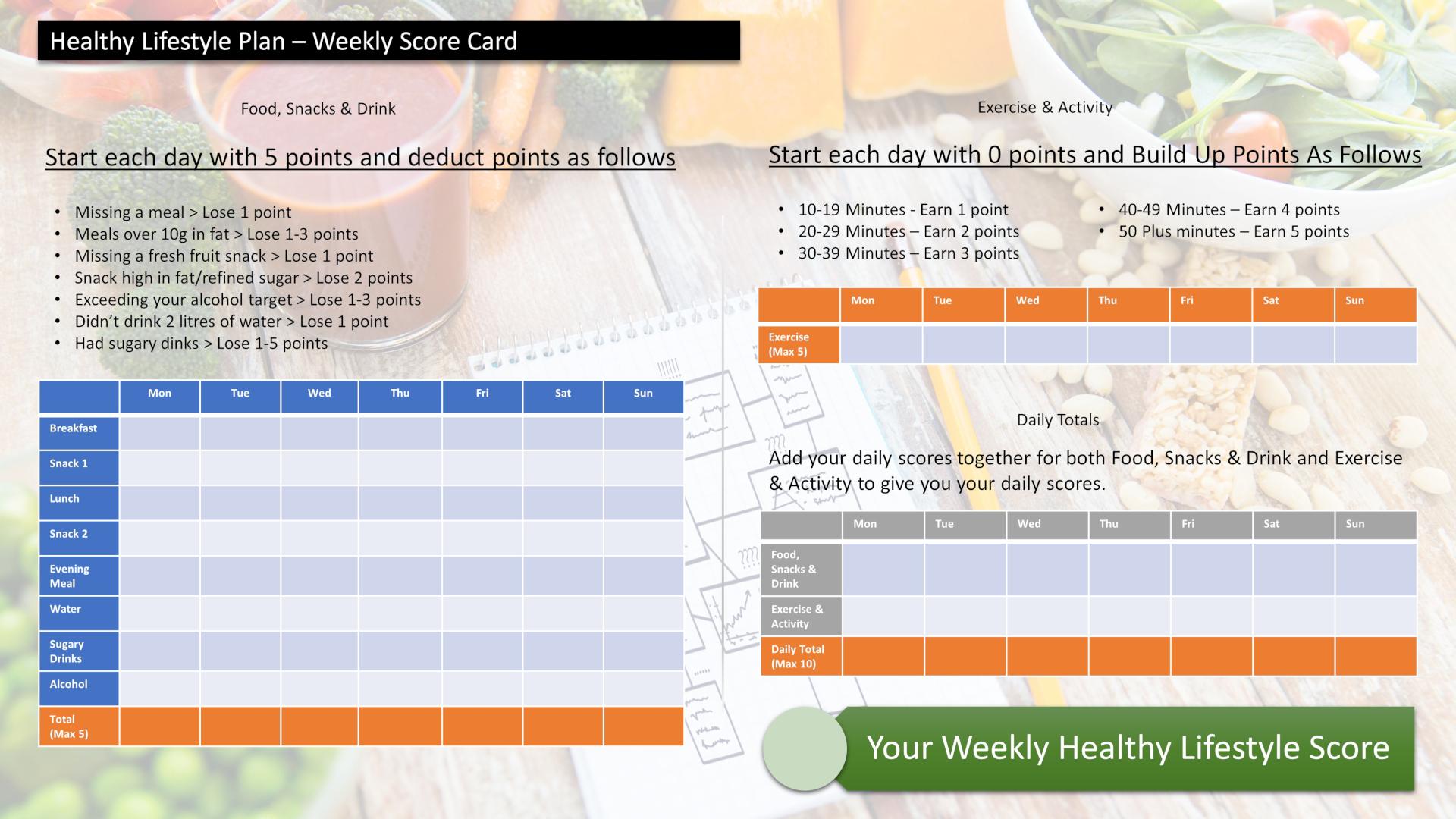Visualization | sport
Visualization in sport is the secret behind the success of a lot of professional athletes.
Do you want to use visualization to dominate your sport?
Knowing what it actually is becomes the starting point for using it effectively to improve your performance.
There is a great deal of mystery about what part visualization plays in your life. Some attest to it to being the missing ingredient to living the life you have always wanted.
Many personal development gurus see it as the missing piece to growing into the person you have always wanted to be.
So how does visualization set in motion a somewhat magical chain of events to enhance your opportunities in everything you set out to achieve?
Well in the sporting context it becomes a unique way of bringing everything together for you.
Visualization in sport
Visualization is simply a way of practicing your sport in a very profound, concentrated way.
Think of it as “perfect practice on steroids.”
It’s powerful because you can incorporate the images from three different levels.
These being:
- memory,
- imagination
- environment.
1. By using your MEMORY, you condition your body to respond better to difficult conditions.
This constitutes the many hours of drills and long practice sessions. Once you have all of these stored in your memory you are equipped to execute them during match conditions.
Or I might qualify that by saying you should have them at your disposal. How you react in the event itself will determine if you can recall it all.
2. By using your IMAGINATION, you can program your mind to focus under pressure.
Michael Jordan says it best: “I think fear sometimes comes from a lack of focus or concentration, especially in sports. If I had stood at the free-throw line and thought about 10 million people watching me…I couldn’t have made anything…So I mentally tried to put myself in a familiar place. I thought about all those times I shot free throws in practice.”*
3. By watching the visual images in your sport, you can teach yourself any complex skill. Take one of your role models and observe how they perform a difficult maneuver. This will allow you to begin to internalize how this particular skill should be executed.
The power of combing the above three areas in your training is immense.
The unfortunate truth is that most athletes are not visualizing – and if they are, they aren’t getting much out of it.
Athletes tend to over use one area of training they either go over board with the physical nature of learning new skills by spending many hours in repetitive practice or they believe and over compensate on the mental side of their game.
This creates an imbalance in the approach to getting the best out of your performance.
The total performance is enhanced by realizing that the mind and body need to be synchronized.
Every champion knows the secret power of mental preparation, especially visualization
“I knew my mental preparation was a result of my physical preparation. I knew that if I trained and did thousands of routines, over and over again, day in and day out, then when the time came for the meet it was just going to be one more time for me.”
Repetitive preparation gives you tremendous confidence going into big events.
Then all you do is remind yourself of your terrific prep.
Your nerves will be instantly calmed.
Jenn Heil, Olympic gold medalist in mogul skiing, used this strategy to calm herself at the 2010 Vancouver Olympics. “The most exciting moment of my career was standing on top of the hill in Vancouver knowing I was ready…Knowing there was absolutely nothing more I could do to prepare myself.”
For those of you who love nothing more than to train and practice your sport, this is music to your ears.
But what if you’re short on time?
How can you leverage the power of preparation to dominate?
The best way is to visualize.
You cut 60% of your prep time out yet still gain the benefits.
In 1978, Barbara Kolonay tested basketball players using visualization during free throw shooting at New York’s Hunter College.
Players improved their shooting performance using visualization alone – some by as much at 15% after only a few minutes ofvisualization. (In basketball, shooting is the most difficult skill there is. Improving it even a small percentage is HUGE).
The truth is, most athletes and coaches don’t visualize.
They don’t know how.
What if they can’t get an image?
What if the image is negative?
What if they don’t know how to get started?
It’s a very effective approach and and a way to shorten the learning curve to perform at a very high level of efficiency.
So what is involved in the process of visualization?
Here are some more great tips taken from an Article by Matt Neason, a leading Australian Peak Performance consultant and founder of Peak Performance Sports.
Tip 2 – Visualize what you want
One of the most powerful effects of good visualization is that it programs the subconscious brain. You want to think of the subconscious brain as a self-guiding missile. When a self-guiding missile is fired, it starts moving towards its programmed target. As it moves towards its target it assesses its coordinates in relation to the target, and makes mini adjustments to correct its path. Our subconscious brain works in the same way. It identifies our coordinates and naturally moves us towards our target.
The problem with most people is that they program their subconscious mind with negative coordinates. The visualize images of failure, they replay mistakes, they think about negative scenarios that might happen, and picture the negative consequences that may arise. Unfortunately the subconscious mind doesn’t judge. It doesn’t say “those coordinates are negative so I’ll just ignore them”. In that way it’s very similar to the GPS system in your car. The GPS doesn’t judge, it simply takes you to the programmed destination. The theatre of your mind is the one place where you can ensure success. You can execute skills flawlessly, you can dominate your competition, and you can ensure victory. By visualizing success, you program your subconscious to move towards success.
Tip 3 – Shift perspective
Let’s do a quick exercise. In a moment I’ll ask you to close your eyes, and take your awareness to your breath. Trace the movement of the breath through your body. If possible follow it all the way to your belly, and then back up, releasing any tension as you go. With each breath you relax a little more. As you continue to relax, bring up an image of you in the sporting arena, competing. Where is this competition being held at? Who are you competing against? See if you can involve all the senses. What do you see? What do you hear? What do you feel? Go a little deeper. What do you smell? Play around with this image of yourself. See yourself performing at your very best. Give yourself permission to dream, to push your current boundaries. Ok, so once you’ve done this and feel like you’ve really completely connected to this vision, read on.
When you saw yourself performing, what was the vision of yourself like? Was it as though you were watching yourself on a TV screen, essentially seeing your entire body as well as everything around you? Or was it more like you were looking out from your body, seeing things exactly as you would if you were there for real? Maybe you flicked between these two perspectives. We refer to these perspectives as being disassociated (the first one) and being associated (the second one). Generally people have a preference one way or the other. Sometimes their preferences may change, depending on the goal of the visualization, which is actually a skill you want to develop.
It is commonly accepted that being associated in visualization (looking out from your body just as you would if you were really there) is the more powerful of the two perspectives. Being associated helps you connect to the feeling of the visualization, which as you’ll see shortly is critically important. However, being disassociated also has some really valuable uses. As an example, in gymnastics or diving, it can be useful for an athlete to disassociate from the visualization to better understand the nuances of how their body looks when they move. Other useful times to disassociate include working through a painful experience to gain wisdom from it, or in the initial stages of visualizing a performance that is completely outside your current reality. The key is, play around with being both associated and disassociated and find out what works best for you.
Tip 4 – Pump it up
You should now be ready to incorporate visualization techniques into your own training regime to dominate your sport.
Score Your Way To Good Health - With Our Healthy Lifestyle Plan
Score your way to good health with our healthy lifestyle plan and it's unique 70 point weekly scorecard!



